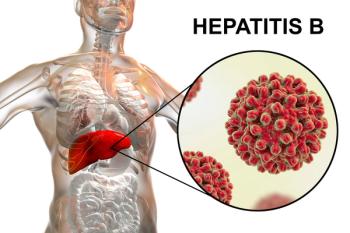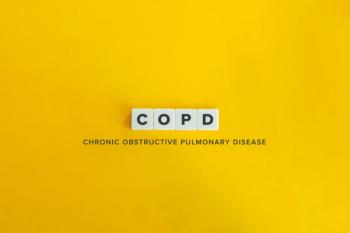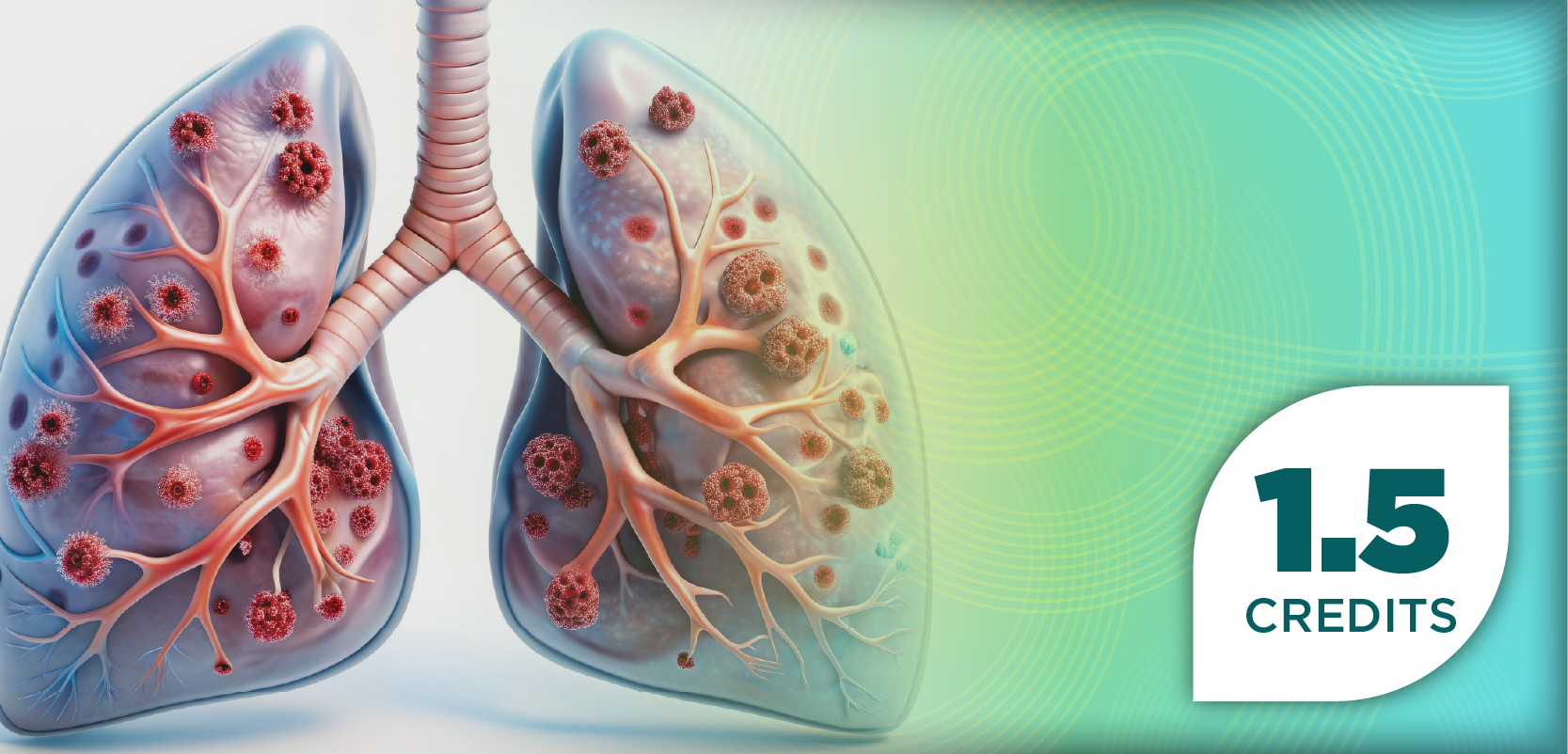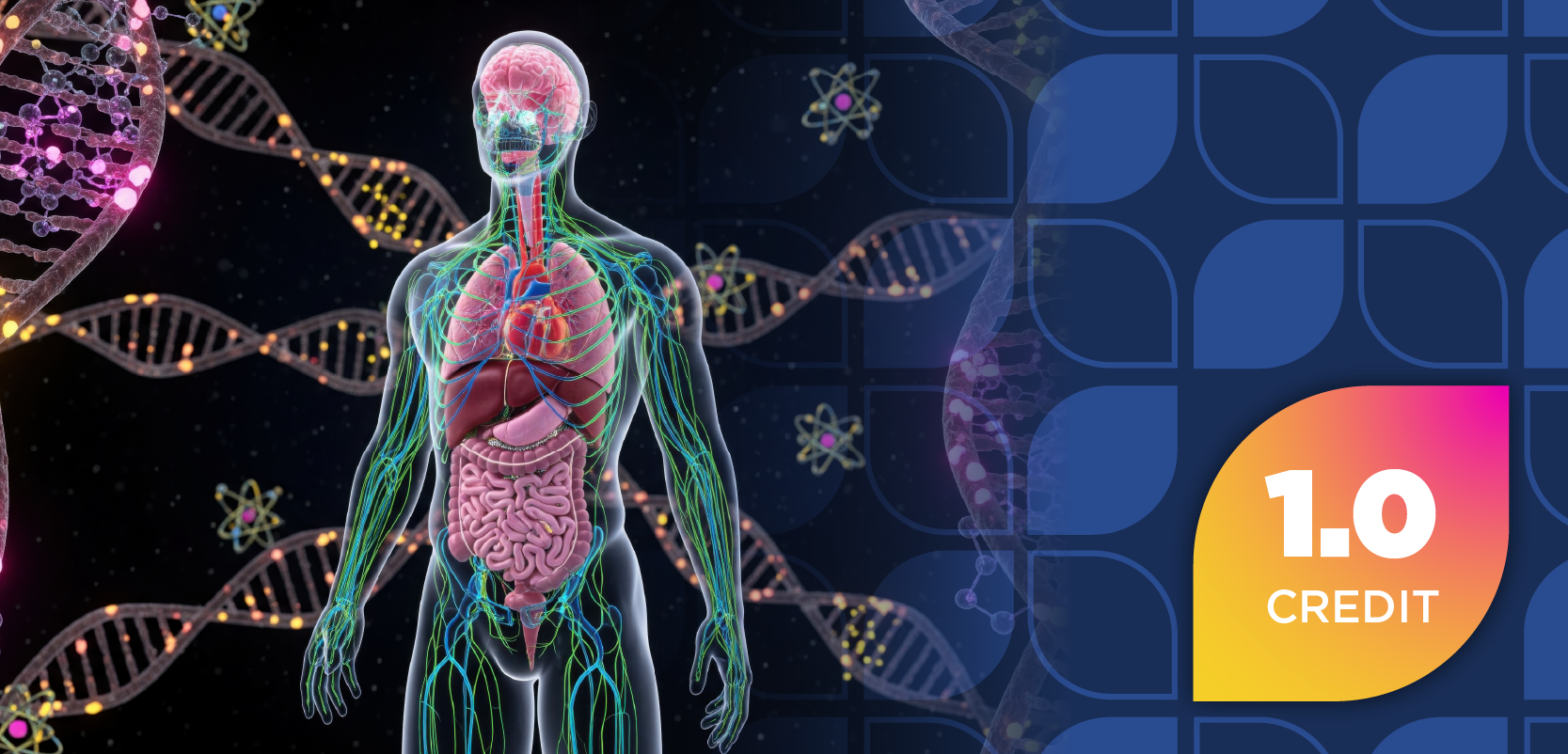
Pharmacist-Administered Injectable Contraception Can Help Fill Gaps in Care
A conversation with Nicole Cieri-Hutcherson, PharmD, BCPS, MSCP, FCCP, clinical associate professor at University at Buffalo.
In the United States, over 65% of women between the ages of 15 and 49 currently use some form of contraception. Of those, 14% reported using the pill and 10.4% said they use long-acting reversible methods, such as intrauterine devices or contraceptive implants.1 Access to contraception is critical. However, depending on the state, between 17% and 53% of patients currently live in a contraception desert, where access to contraception is limited.2
As the most accessible members of the health care team, pharmacists are well positioned to help improve access to contraception. In a recent review published in the Journal of the American Pharmacists Association, investigators assessed the feasibility, applicability, and satisfaction of pharmacist-administered injectable contraception.3 The study found that it can be beneficial, accessible, and convenient for patients.
Drug Topics® recently sat down with Nicole Cieri-Hutcherson, PharmD, BCPS, MSCP, FCCP, clinical associate professor at University at Buffalo and an author on the study, to discuss why community pharmacists are well-positioned to provide injectable contraception, as well as how pharmacists and patients view the service.
“Community pharmacists … [with] their current scope of practice and ability to administer vaccinations means that contraceptive injection techniques are training that they already have,” Cieri-Hutcherson said.
“Pharmacists have the opportunity to really address a large gap in contraceptive access,” she added. “Over 19 million females of reproductive age in the US reside in a contraceptive desert, which means that they are unable to easily access a health clinic that offers the full range of contraceptive methods.”
References
1. Contraceptive Use. Report. National Center for Health Statistics. December 15, 2023. Accessed March 17, 2025. https://www.cdc.gov/nchs/fastats/contraceptive.htm
2. Barber JS, Ela E, Gatny H, et al. Contraceptive Desert? Black-White Differences in Characteristics of Nearby Pharmacies. J Racial Ethn Health Disparities. 2019 Aug;6(4):719-732. doi: 10.1007/s40615-019-00570-3. Epub 2019 Feb 20. PMID: 30788813; PMCID: PMC6660992.
3. Cieri-Hutcherson NE, Hutcherson TC, Bradley EM, et al. Mixed-methods systematic review of pharmacist-administered injectable contraception: Insights from patients, pharmacists, and other health care professionals. J Am Pharm Assoc (2003). 2025 Feb 15:102360. doi: 10.1016/j.japh.2025.102360. Epub ahead of print. PMID: 39956291.
Newsletter
Pharmacy practice is always changing. Stay ahead of the curve with the Drug Topics newsletter and get the latest drug information, industry trends, and patient care tips.











































































































































































































